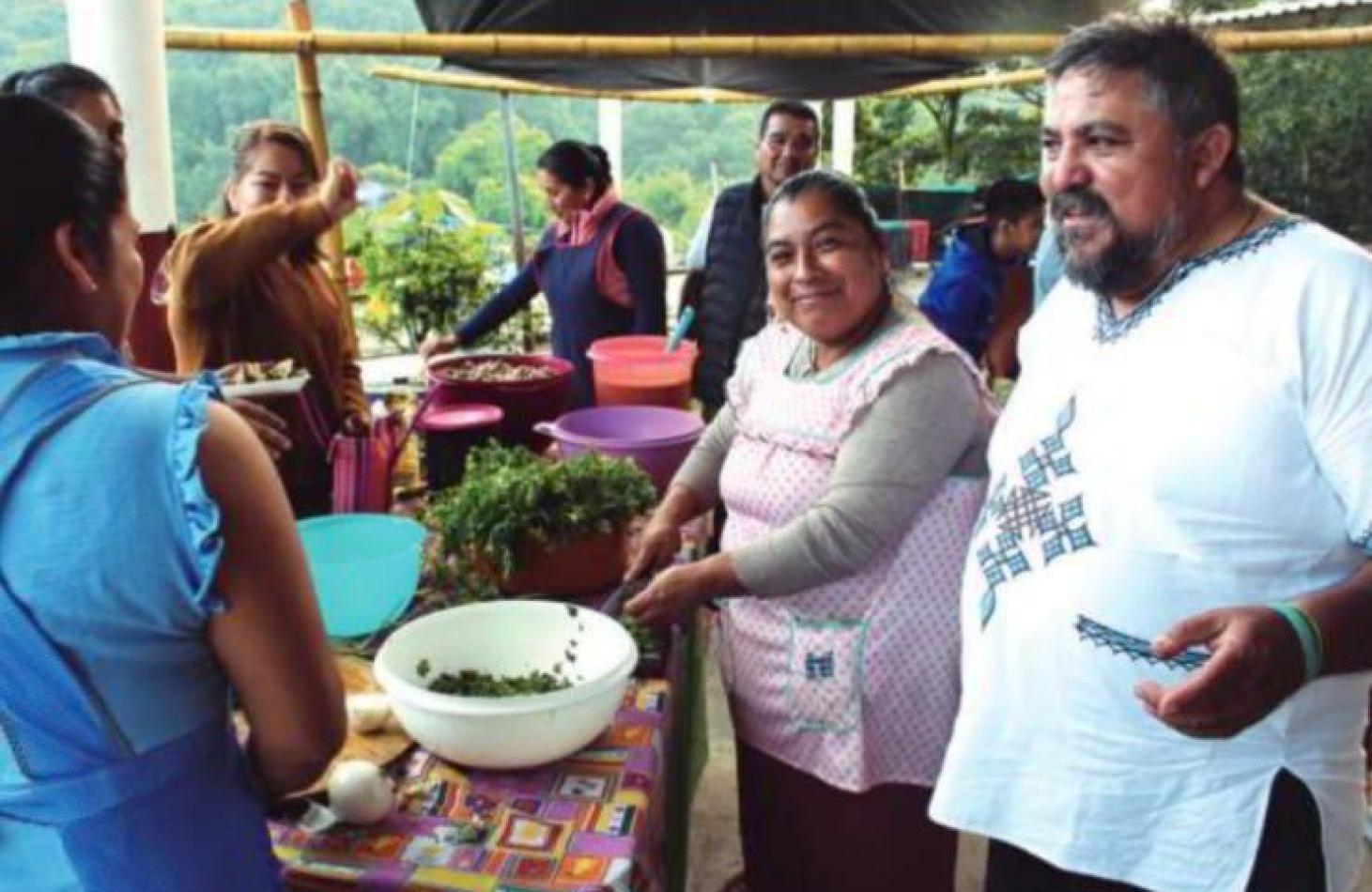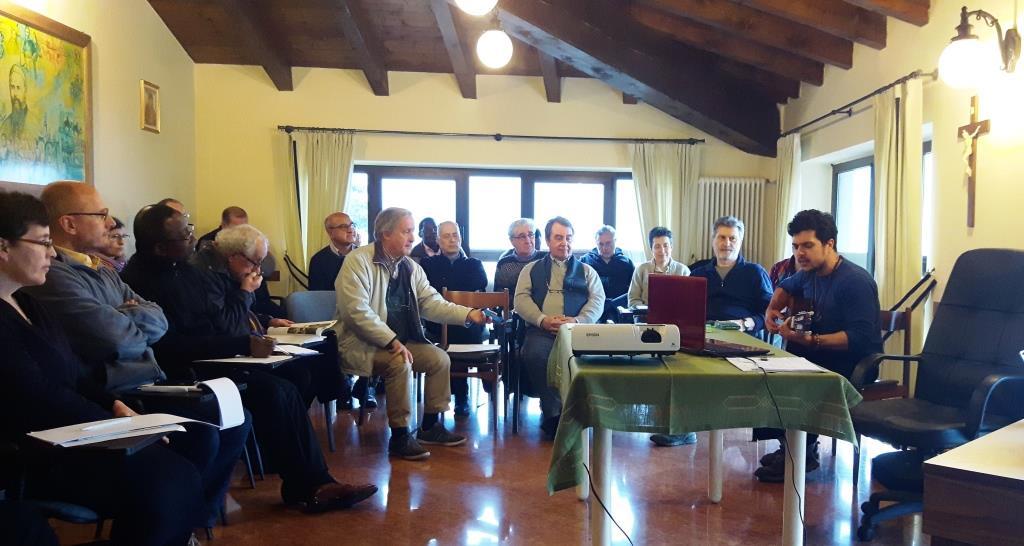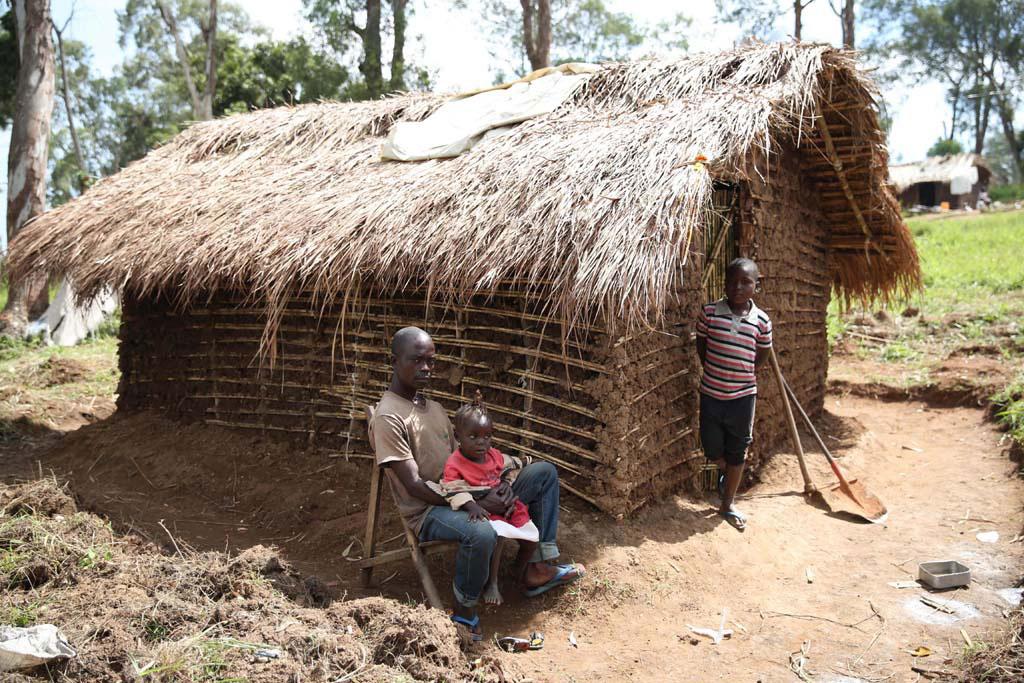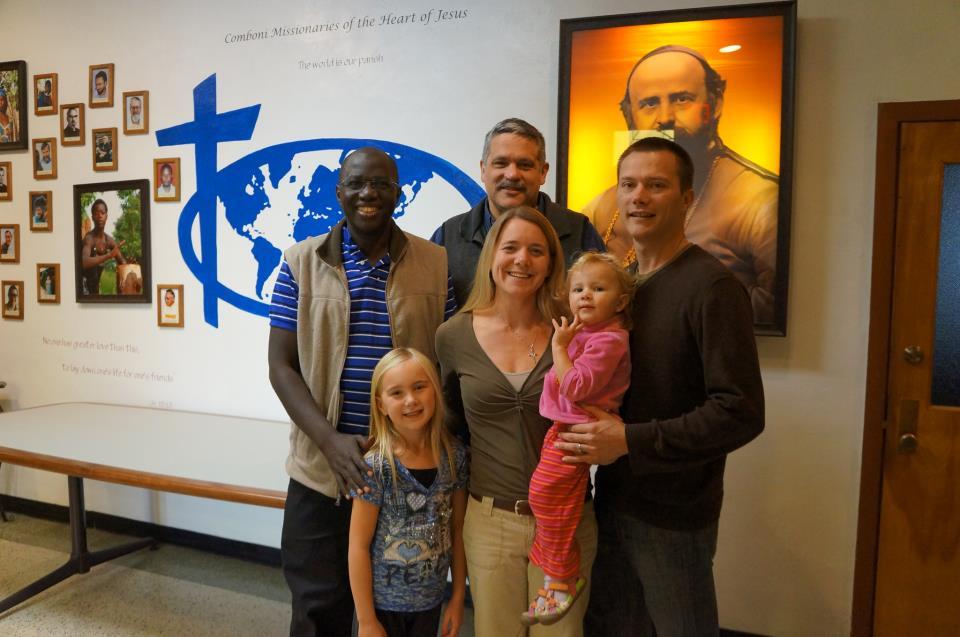Daniele Comboni
Missionari Comboniani
Area istituzionale
Altri link
Newsletter
Saturday, June 7, 2025
Father Guillermo Aguiñaga Pantoja shares his experiences with the indigenous people of Sierra Zongolica, in the Veracruz region of eastern Mexico. [Comboni Missionaries]
I wish to share this missionary experience with you, not because it is more important than the others that God has granted me, but because it provided an opportunity to reinvent myself and learn more about the roots of the culture and traditions of indigenous people.
The parish, dedicated to Saint Joseph, is situated in Comalapa, a city that falls under the diocese of Orizaba. Surrounded by stunning mountains and cliffs, Comalapa necessitates a two-hour journey on winding roads and steep slopes from Orizaba. The parish comprises 50 towns or pueblitos, with nearly 90% of the population of Nahuatl origin, though many speak Spanish. The total population is approximately 17,000.
The parish exudes a sacred atmosphere, rich in faith, traditions, customs, and rites that remain vibrant today. Travelling the roads, paths, and routes through the mountains to reach each community, visiting families in their homes, or assisting the sick is a beautiful experience. Each celebration feels like a party to which everyone is invited. The quantities and variety of food prepared are impressive. Everyone collaborates, and there is sufficient food for everyone, even some to take home.
Living among these humble and simple people has been a great pleasure and satisfaction. Their dances and rites have enriched every action and liturgical celebration. How can we forget the Xochikoscatl, the purification rite bestowed by the village elders, who, after showering you with incense, place a necklace and crown made of flowers on you, symbolising dignity, respect, and the power to proclaim and celebrate the sacrament of the Eucharist?
Or Xochitlali, a ritual involving various offerings, such as food (mole, tamales, soup, tortillas, and bread) and drinks (atole, coffee, champurrado, liquor, tequila, beer, etc.). All these offerings are placed in a small hole after praying and invoking God in the local language. The hole is then covered with soil, and flowers are added.
This ritual seeks the Creator’s permission to embark on a new task, receive a year of blessings, request forgiveness for adverse circumstances, or invoke rain for a good harvest. Through this, they demonstrate a deep and authentic faith that they proudly showcase.
While some do not practice the Catholic faith or are distanced from it, they do not miss the parties and grand celebrations. This may seem like folklore to some, but for those who live and experience it, it is a remarkable wealth and blessing, as they are renewed and transformed in incredible ways.
I thank God for filling me with joy, touching my life, and renewing my missionary vocation. I also express gratitude to the bishop of Orizaba, Monsignor Eduardo Cervantes Merino, for allowing us to collaborate and bring our Comboni charism to that place, and for making me feel like a brother among the diocesan priests.
I express my esteem and affection to all the faithful for welcoming me as one of their own. Despite my limitations, I feel that I have given my best and dedicated myself to this beautiful mission of Comalapa. Now that I am older, thinking that I might take it easy, I have received a call for a new mission. This time, the destination is Colombia. It seems easy – perhaps because we speak the same language and there are similarities to my country – but upon closer examination, there are also differences and new lessons to learn.
With all this, I feel that the Lord is always by my side, granting me the strength to face this new adventure. All my Comboni brothers working here have welcomed me warmly. I feel at home, and like an eager child, I observe with curiosity and admiration all that this country offers in terms of people, places, history, culture, and customs. My new assignment is to the parish of Mary Mother of the Good Shepherd, in Cali, among a predominantly Afro-Colombian population.




